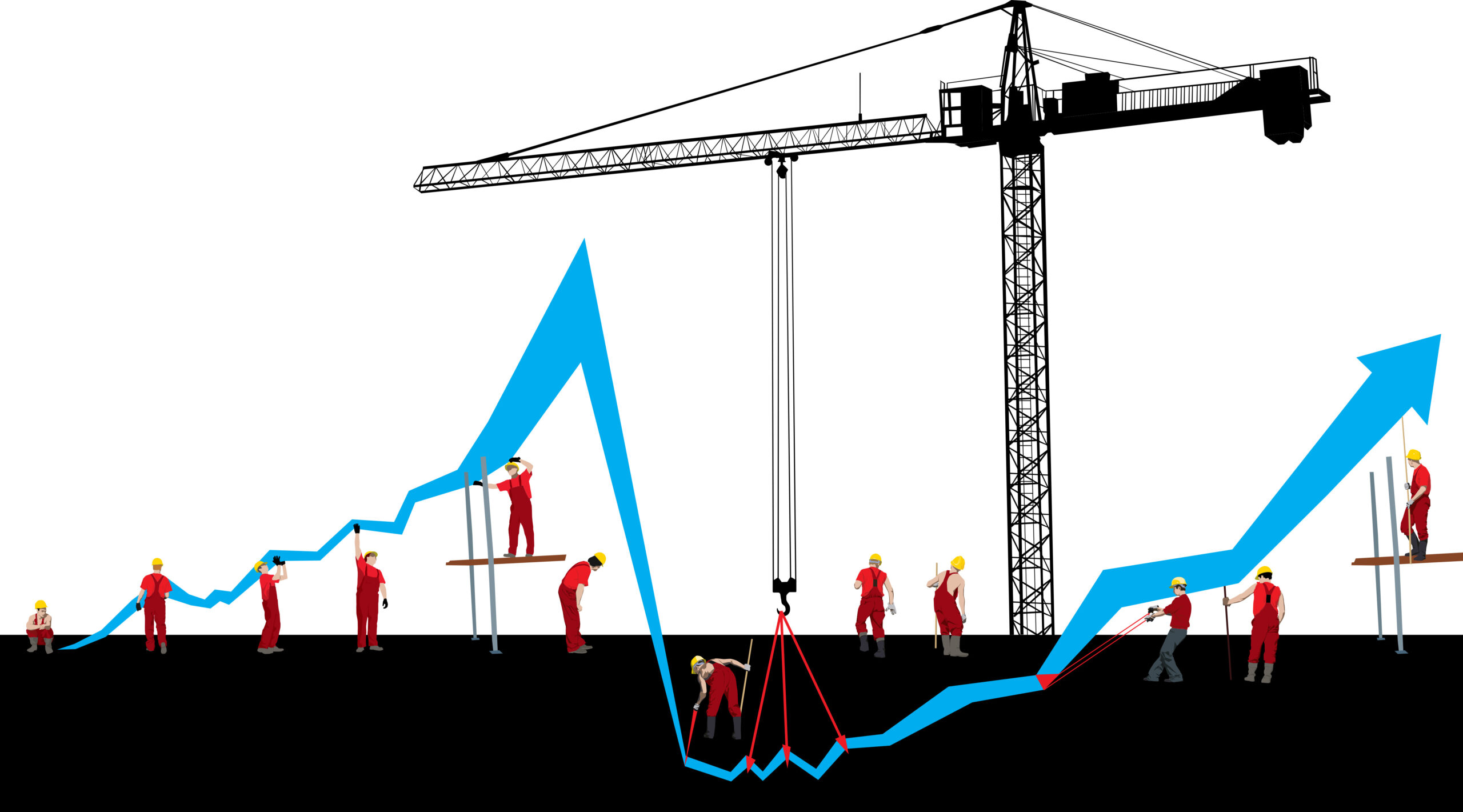Blog
Sustainability through Technology: Digital Tools for Greener Construction Practices
As construction businesses work to become more efficient and more profitable amid current industry challenges, they must also look for ways to become greener. Traditional construction practices involve heavy paper consumption, material waste from inaccurate estimates, and inefficient project planning that burns through resources – and that’s before factoring in the energy it takes to run a building once it’s complete.
In total, the built world generates 42% of annual global CO2 emissions and produces billions of tons of waste a year. As the industry works toward a goal of net-zero carbon buildings by 2050, sustainability will become a larger focus for many businesses.
While this can seem like a daunting issue to tackle, the good news is that emerging digital technologies enable contractors to build more sustainably without sacrificing efficiency or profits.
Going Paperless
Construction has historically been a paper-heavy industry. This often includes thousands of pages of drawings, specs, and reports for a single project, and most of it gets printed multiple times every time there’s a revision (which can be quite often).
Digital takeoff tools have reduced the reliance on paper plans. Instead of printing physical blueprints and doing quantity calculations by hand, electronic takeoff platforms let estimators work directly from digital plans. Electronic takeoff systems can automatically calculate quantities and generate material lists without printing a single sheet of paper, so what used to take hours of manual work with printed drawings can now be done in minutes on a computer screen.
But the environmental benefits go beyond just saving paper. Digital documentation also means you don’t need physical storage space for all those files, and you eliminate the fuel costs of transporting paper documents between job sites and offices. And most importantly, when project changes happen (which they often do), you can share updates instantly to everyone who needs them without reprinting entire document sets.
Integrating preconstruction solutions with cloud-based project management platforms help businesses reap even more benefits by putting all project information in one easily accessible digital location. Field teams can pull up current drawings, specs, and reports on their phones or tablets. Plus, having real-time access to information helps teams make better decisions faster, which reduces delays and rework that waste resources.
Smarter Material Estimates
It’s not uncommon for businesses to order extra materials to avoid running short on a job. The problem is that those safety buffers can add up fast, and most of that extra material ends up in dumpsters instead of being used. While traditional estimation methods work well enough, they still involve a lot of manual calculations and educated guesses that can lead to serious over (or under) ordering.
Digital takeoff technology has changed this by delivering accuracy that was impossible before. AI-powered systems can analyze digital blueprints using machine learning algorithms that spot patterns and details with incredible precision. These systems automatically detect, label, and measure individual components in seconds, cross-referencing drawings and specs to make sure nothing gets missed.
AI-driven systems can boast 98% accuracy rates. That precision translates directly into less waste—you can order what you actually need.
When takeoff data flows directly to procurement platforms, it creates even more efficiency gains. The system can consider packaging sizes, delivery schedules, and inventory levels to optimize orders automatically. This reduces packaging waste from multiple small orders and minimizes the carbon footprint of material transportation.
Better Project Planning
Digital tools are making it possible to consider environmental impact during the planning phase right alongside the usual considerations such as cost and schedule.
Building Information Modeling (BIM) platforms let teams visualize entire projects in 3D before breaking ground. This virtual construction process helps identify potential conflicts and inefficiencies that normally wouldn’t be discovered until construction begins. Having a virtual representation of a project before building begins enables teams to optimize workflows, reduce material conflicts, and plan construction sequences that minimize waste and energy consumption.
Integrated scheduling tools can also help optimize how you use resources by coordinating material deliveries, equipment usage, and workforce deployment. Instead of having materials delivered weeks before they’re needed or equipment sitting idle on job sites, these systems can precisely time resource deployment to minimize environmental impact. This includes reducing fuel consumption from material transportation and equipment operation while keeping the site disturbance footprint smaller.
And real-time monitoring capabilities let you continuously optimize throughout the construction process. IoT sensors and mobile reporting systems provide instant feedback on material consumption, waste generation, and energy usage, so project managers can make immediate adjustments when they spot inefficiencies. This can help prevent small issues from turning into major problems.
Advanced analytics can also identify sustainability opportunities that may not be obvious through traditional planning methods. By analyzing patterns across multiple projects, these systems can recommend different construction sequences, material substitutions, or methodology changes that reduce environmental impact while maintaining or improving project outcomes.
When Everything Works Together
When digital tools are connected, the environmental benefits multiply. Instead of operating in silos, integrated systems create efficiencies that reach across your entire business.
Integrated platforms eliminate duplicative manual data entry — instead of entering the same information into estimating software, project management tools, and accounting systems, teams can input data once and have it flow automatically throughout their entire technology stack. This integration reduces administrative overhead and the energy consumption that comes with maintaining multiple systems and databases.
Real-time data sharing also enables more informed decision-making that can reduce environmental waste. When field teams can instantly access current project status, material availability, and schedule information, they can make better decisions that prevent overruns and rework. This visibility helps teams identify and address issues before they cascade into larger problems that often waste additional resources.
Integrated systems also enable teams to look for ways to continuously improve their sustainability practices. By tracking environmental metrics alongside traditional project performance indicators, you can identify patterns and develop best practices that can reduce environmental impact over time.
Looking Toward a Sustainable Future
Digital tools deliver benefits that help reduce waste, improve accuracy, and optimize resources, so you don’t have to choose between profitability and sustainability. As sustainability requirements become more prevalent, it is critical to make greener building practices a priority. Businesses that embrace these tools today will find themselves at a competitive advantage as the industry works toward a more sustainable future.




